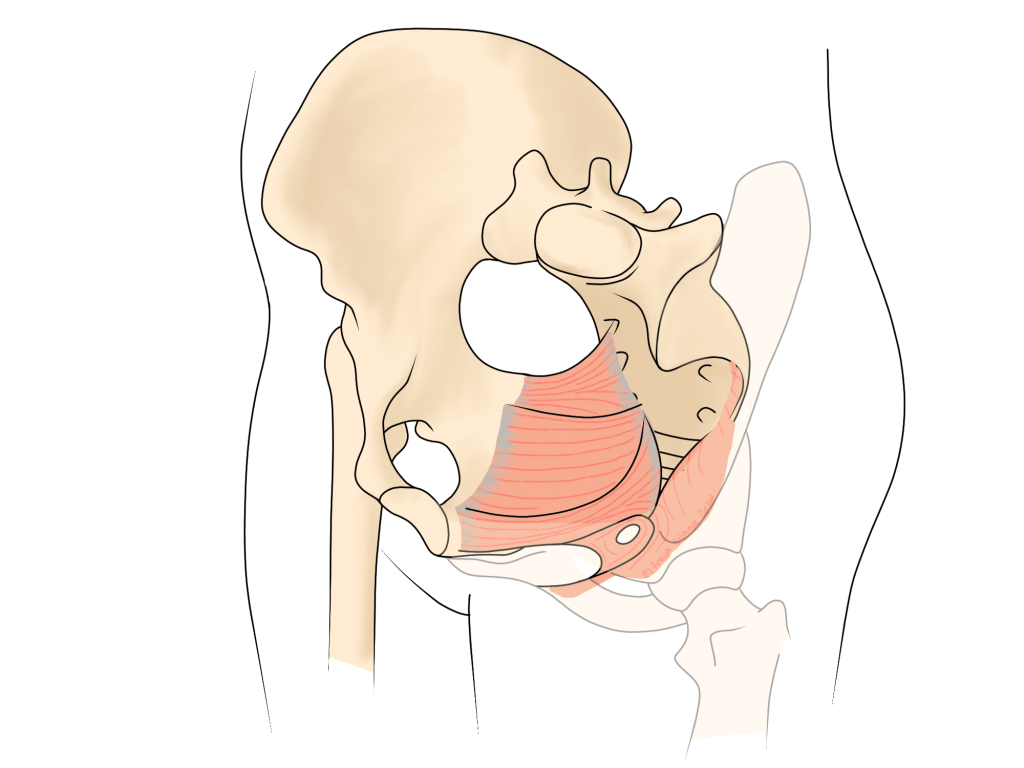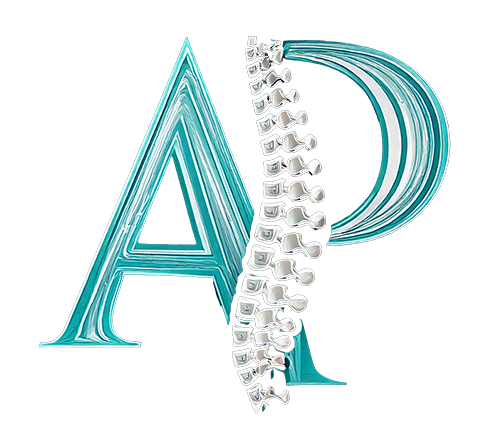The Pelvic Floor
Everyone has a pelvic floor, which is a sling of muscles at the base of the abdomen. Similarly to the diaphragm, which can be associated with various aches and pains, the pelvic floor muscles are often forgotten.

Pregnancy and Childbirth
Some people think that a caesarean birth will prevent strain on the pelvic floor. In fact, a lot of the strain comes from pregnancy itself. The uterus is supported by ligaments, but the majority of its weight rests on the sling of muscles. Pregnancy (and the fourth trimester) causes new demands on muscles across the body as joints become more mobile and the centre of gravity moves. Unsurprisingly, the pelvis and its soft tissues are among the most affected.
Regardless of the birth, all new mothers are given advice for strengthening the pelvic muscles. Ideally, these exercises should be carried out before birth, or even pregnancy. Stronger muscles are more able to relax, so strengthening exercises are not contradictory to an unassisted birth. If you have suffered a birth injury, your osteopath may be able to help.
Pelvic Bones and The Pelvic Floor
Coccyx pain (coccydynia) will almost always have a connection to the pelvic floor. We often work on the gluteal muscles, as they attach all along the length of the coccyx. But exercises and techniques for the pelvic floor can be helpful too. Coccyx pain can develop after trauma, such as a fracture after a fall. If the coccyx itself is moved to a new angle, this can be the cause of the pain. External techniques to local joints and muscles can be sufficient, but some cases may require internal techniques. This will never be performed without your explicit consent, nor at the first appointment. Your osteopath can discuss the possibility of this technique with you if appropriate.
There may also be a relationship with SIJ pain or pain at the front of the pelvis. The connection is less direct, but still significant. We think of the pelvis as a ring: a problem in one of the three joints will have an effect on the other two. It stands to reason that the muscles that connect the bones will also be under different tensions.
Tension and Incontinence
Beyond the points mentioned above, general tension can be a problem with these muscles. Some people hold tension here without realising. It might manifest as pelvic or upper leg pain during stressful situations, such as while at work. Surprisingly, tension itself can be a cause of incontinence. A cycle can develop where the anxiety of potential incontinence causes more tension, which leads to leakage.
Pelvic tension can also develop in response to a traumatic event, such as birth trauma, medical investigations, or assault. These cases may be best addressed with a combination of talking therapy and osteopathy. Treatment does not need to be hands on if you are uncomfortable with it. We can use a range of indirect techniques and exercises to create change.
Click here to make an appointment in Leicestershire or Rutland

